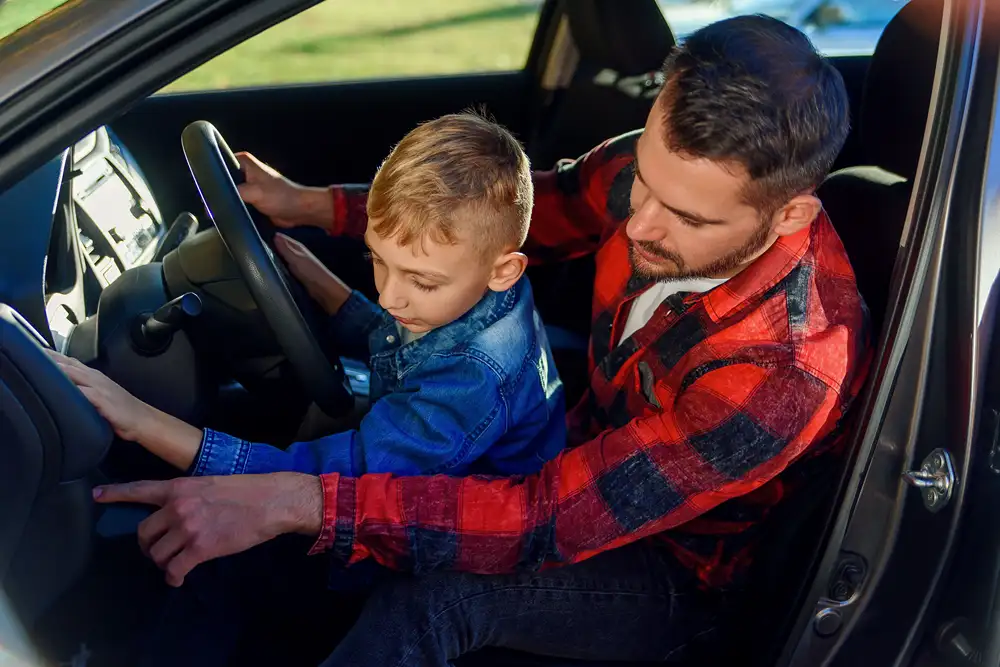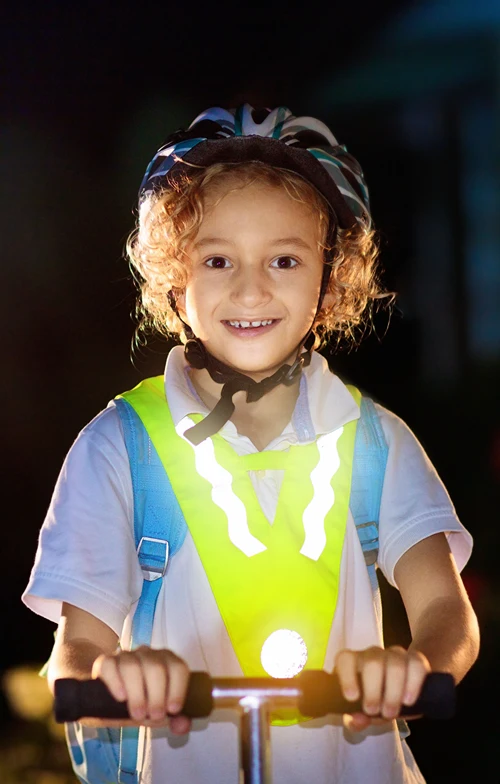5 Tips for Developing Your Child’s Road Safety Habits
If there is anything you want your child to do when using the road, it is to be cautious. By teaching road safety habits early, you can help your child prepare for various traffic situations they may encounter. These habits will become a part of their everyday activities and keep them mindful of potential dangers.
Whether walking, driving, biking, or playing, instilling these practices through consistent guidance and reinforcement makes a big difference. Check out these five tips for developing your child’s road safety habits.
Give Them Lessons While Driving and Walking
Every time you go for a walk or take a car ride with your child, you have the opportunity to teach them road safety principles. For example, while driving, explain the meanings of signs and what they should know about emergency situations in a car.
During walks, reinforce the importance of looking both ways before crossing the street and focusing on their surroundings rather than distractions like phones or devices. By connecting everyday actions with instructions, children absorb practical lessons with ease.
Practice What You Preach While With Them
Another good tip for developing your child’s road safety habits is to practice what you preach. Children often mimic the behaviors they observe. If they notice your consistent adherence to road safety rules, they are more likely to follow suit.
Show your respect for traffic laws, and emphasize the importance of such habits. Talking about your choices reinforces your actions and aligns their understanding of rules with the decisions they observe. For instance, saying “I’m stopping because this is a school zone” gives meaningful context for your choices.
Encourage Safe Habits During Car-Related Play
Kids often connect playtime with learning experiences. Playing with a kid’s electric ride-on car can introduce safe driving practices in a fun and engaging way. For example, you can use it to teach them about aspects such as speed control.
Guide them toward scenarios where safety takes center stage. This playful yet educational approach builds a foundation for responsible behavior over time without resorting to dull or stern methods.

Have Them Wear Reflective Gear at Night
Evenings or dimly lit environments increase the risks for pedestrians. Equip your child with reflective clothing or accessories during nighttime outings. Bright, attention-grabbing colors improve visibility and help passing vehicles spot them more easily.
Explain how wearing these items keeps them safe in low-light conditions. Dressing for visibility will become second nature through consistent reinforcement.
Educate Them on Bicycle Safety
Cycling introduces kids to traffic firsthand, making it vital to build safe biking habits early. Teach your child to always wear a helmet, and explain the importance of riding on designated paths.
Encourage routines like checking brakes and lights before setting out. This guidance reinforces respect for traffic laws while keeping your child aware of potential hazards on the road.
By applying these tips, you can provide your little one with critical tools for lifelong safety. Their ability to understand and adhere to road safety protocols empowers them in traffic-heavy environments, whether riding a bike or crossing a busy intersection. Consistent teaching instills habits that feel natural and effortless over time, allowing them to become safety-conscious adults.






